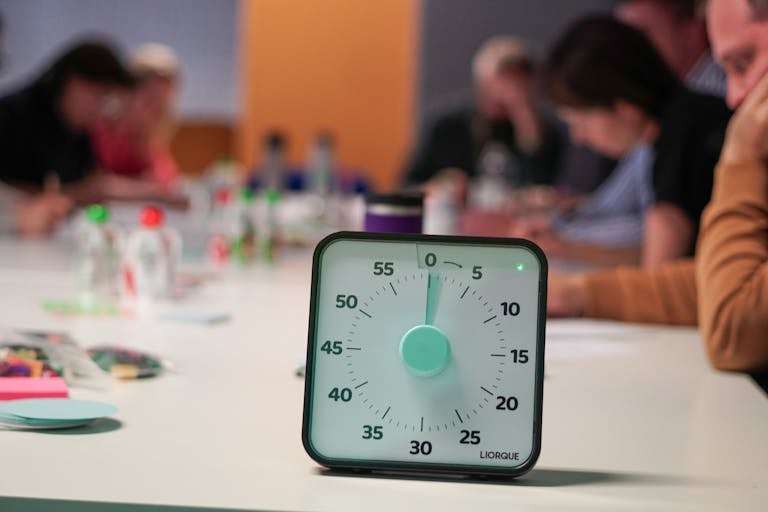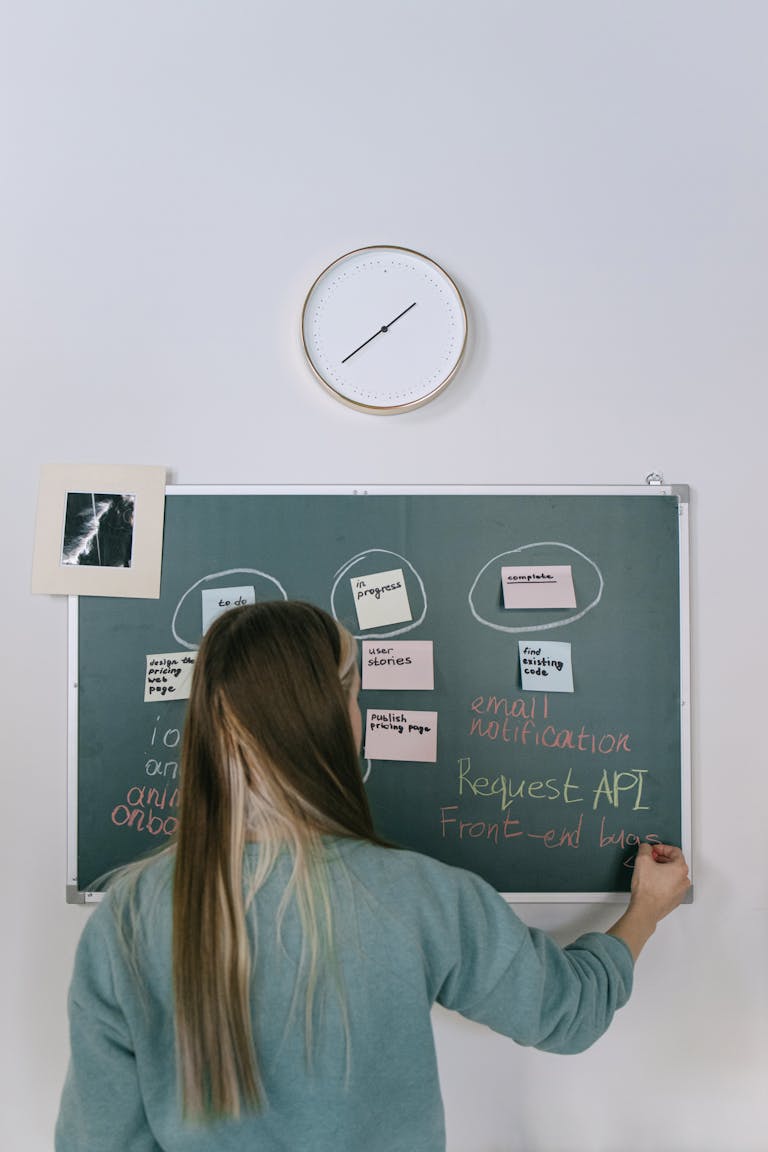Time is the most valuable currency in the modern world. Yet most of us squander it, reacting to distractions or drifting from task to task. If you often feel busy but not productive, time blocking may be the game-changing framework you need.
Popularized by high performers like Elon Musk and Cal Newport, time blocking helps you take control of your schedule and align your daily actions with your long-term goals.

What Is Time Blocking?
Time blocking is a scheduling method where you divide your day into chunks of time, each dedicated to a specific task or activity. Instead of a long to-do list, you live by your calendar.
Example:
- 9:00–11:00 AM: Deep work on project
- 11:00–11:30 AM: Email and messages
- 11:30–12:30 PM: Team meeting
- 12:30–1:30 PM: Lunch and walk
- 1:30–3:00 PM: Client strategy session
This turns your day into a series of intentional focus blocks.
Why Time Blocking Works
- Eliminates multitasking – You know exactly what you should be doing every hour.
- Reduces decision fatigue – You no longer waste time deciding what’s next.
- Increases focus – You reduce context switching and preserve your brain’s energy.
- Protects your priorities – You make room for what truly matters instead of reacting.
Steps to Start Time Blocking
Step 1: Plan your week ahead
At the start of the week, sketch out your biggest goals. What must get done?
Step 2: Estimate how long tasks will take
Be realistic and overestimate if needed to avoid stress.
Step 3: Fill your calendar with blocks
Assign time blocks to focus work, meetings, breaks, admin tasks, and even leisure.
Step 4: Stick to your blocks
Treat them as appointments. Discipline creates freedom.
Step 5: Review and adjust daily
Life happens. Tweak as needed, but always have a plan.
Best Practices
- Use a digital calendar like Google Calendar with color-coded blocks.
- Build in buffer time between blocks for transitions and emergencies.
- Block time for planning, breaks, and learning—not just work.
- Start with theme days (e.g., Mondays for admin, Tuesdays for deep work).
- End your day with a “shutdown” block to wrap up and plan tomorrow.
Common Mistakes to Avoid
- Overloading your day with too many back-to-back blocks.
- Not accounting for interruptions or transitions.
- Being too rigid—build in flexibility to adjust when needed.
- Forgetting to block personal time (family, exercise, reading).
The Mental Shift
Time blocking isn’t just about planning—it’s about owning your time.
Instead of drifting through tasks, you wake up each day with clarity and purpose. Over time, this builds momentum, reduces anxiety, and fuels meaningful progress.
Q: Is time blocking good for creative work?
A: Yes. It’s especially helpful for creating protected “deep work” windows free from interruption.
Q: What if I don’t finish a task in the block?
A: You can reschedule it into a future block. The key is consistent prioritization, not perfection.
Try time blocking for just one day. You’ll be surprised how much more focused and in control you feel. Start small, stay flexible, and make time work for you—not against you.

I’m EKBAL HOSSAIN MONDAL, the creator of SmartSolveTips.com — a blog dedicated to helping people improve productivity, avoid digital burnout, and live better online. With years of hands-on experience in self-development and digital wellness, I write practical tips and tools to help you stay focused and thrive in a fast-paced digital world.






